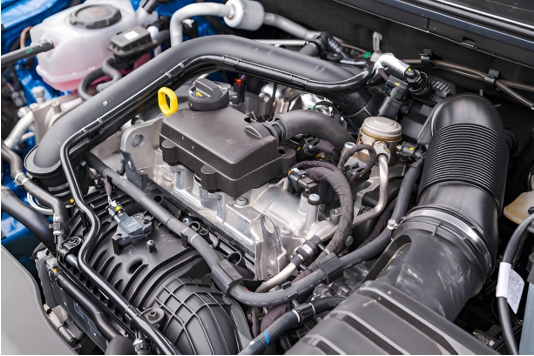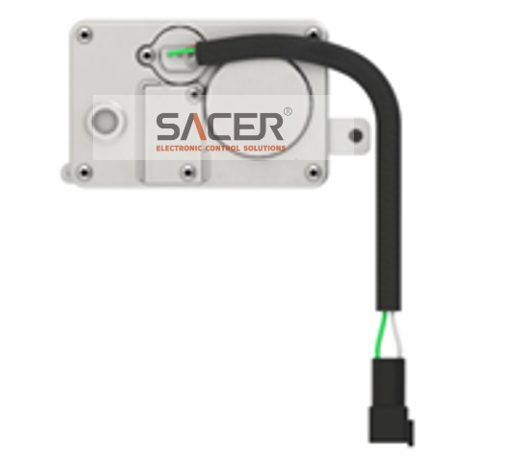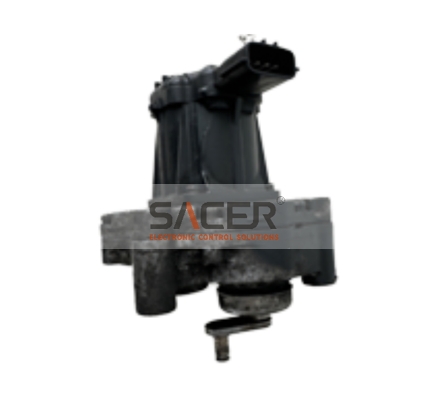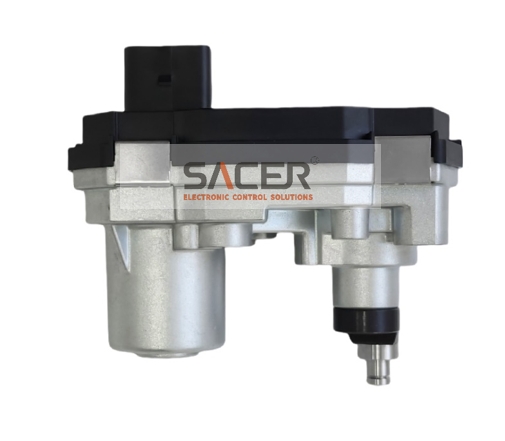Introduction
As vehicles become increasingly advanced, smart actuators are revolutionizing automotive systems by enhancing precision, reliability, and efficiency. These components bridge the gap between electronic control and mechanical execution, making them a cornerstone of modern automotive innovation.

The Role of Smart Actuators
Smart actuators integrate sensors and microcontrollers to provide real-time feedback and self-adjustments. This ensures optimal performance in systems like turbocharging, braking, and steering. Unlike traditional actuators, smart actuators offer enhanced control and adaptability, crucial for autonomous and electric vehicles.
Applications in Modern Vehicles
- Turbocharged Efficiency: Smart actuators precisely regulate turbocharger vanes, improving engine efficiency and reducing emissions.
- Advanced Safety Systems: By powering braking and steering systems, these actuators enhance vehicle stability and responsiveness in critical situations.
- Electric Vehicle Innovations: In EVs, smart actuators optimize battery usage and drivetrain efficiency, ensuring sustainable performance.
Future Trends
With advancements in AI and IoT, the next generation of smart actuators will feature predictive maintenance and wireless communication capabilities. These innovations will further integrate vehicles into the smart ecosystem, paving the way for a safer and more efficient driving experience.
Conclusion
Smart actuators are not just components; they are enablers of future mobility. Their role in automotive systems will continue to expand as vehicles become smarter, greener, and more connected.





